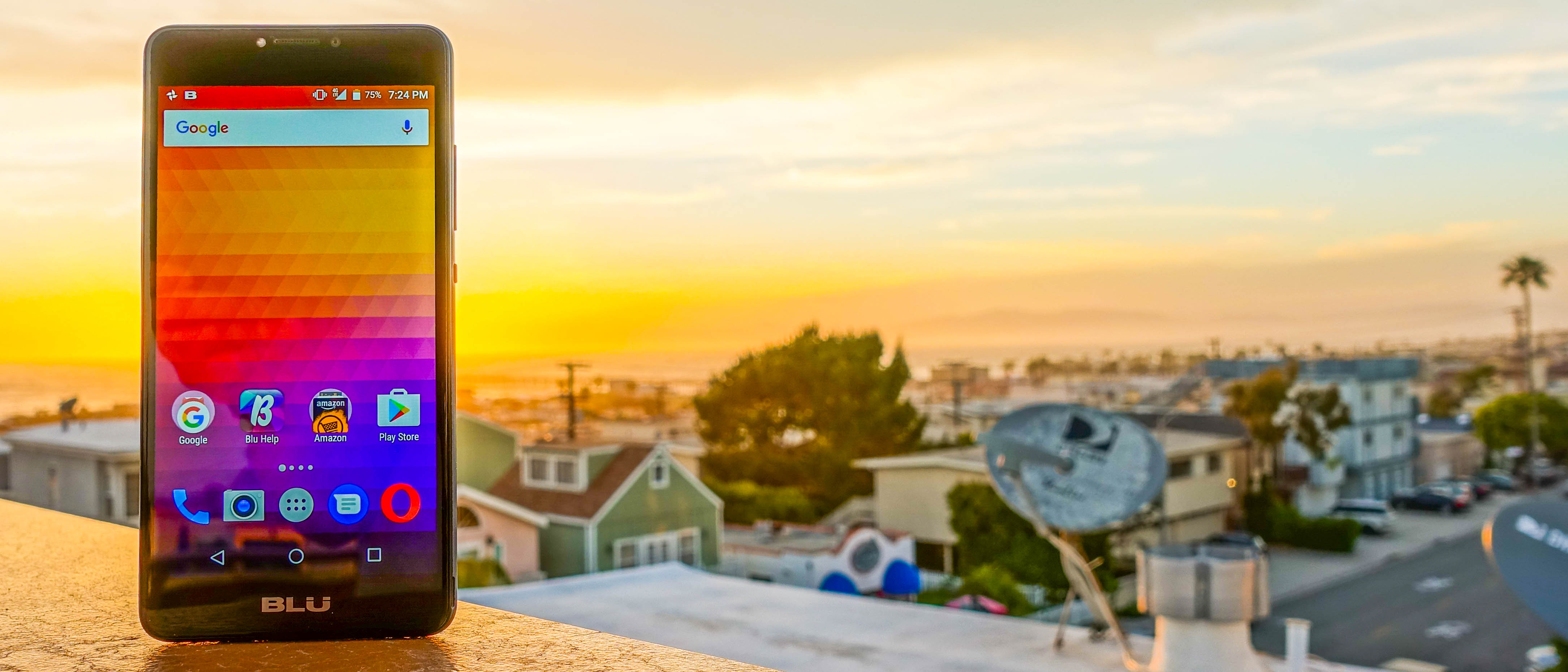TechRadar Verdict
The Blu R1 Plus is the 2017 sequel to one of the cheapest Android phones on Amazon, and it’s back: faster, sturdier and longer lasting than before. At $159 it has a completely adequate HD display, metal finish and long battery life. Just don’t expect 3D games to perform well or have it run the latest version of Android anytime soon. This is a true budget phone for the sub-$200 crowd.
Pros
- +
Incredibly affordable price
- +
Sizable 4,000mAh battery
- +
Camera is better than expected
Cons
- -
3D game performance is terrible
- -
Doesn’t work on Verizon or Sprint
- -
Android Marshmallow is now dated
Why you can trust TechRadar

The Blu R1 Plus is an incredibly cheap phone and the latest proof you don't need to spend much more than $100 to get a basic unlocked smartphone in the US, where it's primarily available.
It's an Android phone that costs 1/8th the price of the stellar Samsung Galaxy S8 Plus we just reviewed, and it also has a similar fraction of the convincing features.
That's an okay compromise for someone looking for a 4G LTE smartphone the boasts a 5.5-inch HD display, Android 6.0 Marshmallow and, most importantly, nearly two day battery life.
It's an improvement over last year’s Amazon-exclusive Blu R1 HD in every way. It has a mostly metal design, faster quad-core chipset, 32GB of internal storage and 3GB of RAM.

In fact, we were able to write this entire review on the phone in Google Docs, run almost every app we tried in the Google Play Store and summon Google Assistant to ask it questions.
Don't expect steady 3D game frame rates or app multitasking. You're not going to get good enough performance for either of those at this price. It’s also missing a fingerprint sensor.
The Blu R1 does come with a number of accessories right inside the box, including a case and micro SIM card adapters. It adds just a little more to this best value pick.
Its features won't wow you, but everything you get for the price just may.

- $159 through stores like Amazon; briefly $109 on sale at launch
- Works on GSM carriers: AT&T, T-Mobile and Cricket Wireless
- It won’t work on CDMA networks: Verizon and Sprint
The Blu R1 Plus is one of the cheapest Android phones you can buy in the US, even if it costs more than the Blu R1 HD. Its major specs bump adds a little to the bottom line.

It costs $159, though there was a big discount on launch day: it was $50 off the normal $159 price for 24 hours, making it a $109 deal at Amazon and Best Buy.
That makes its biggest rivals the 5.2-inch Moto G5 Plus at $184 (or $229 without Amazon ads) and the Boost Mobile-exclusive 6-inch ZTE Max XL at $130.
Blu R1 Plus's advantage is it doesn’t have Amazon lockscreen ads and comes unlocked for use on GSM carriers like AT&T, T-Mobile and Cricket Wireless.

- Mostly metal finish for under $200 is impressive
- Thicker and heavier than other budget phones
- No fingerprint sensor and poor speaker placement
The Blu R1 Plus is surprisingly well-built for a sub-$200 smartphone. You can’t tell the difference between it and more expensive budget Android phones at first blush.

It has an aluminum finish to its back cover, slightly rounded glass edges protecting the screen, and a silver metal frame outlining everything. Plastic is limited to the the top and bottom for housing antennas.
No, this design doesn’t stand out, but that’s entirely the point. It’s meant to look like an expensive phone twice its price. It blends in well until you look closer.
What are the differences? For one, it’s thicker and heavier than trendier budget smartphones, with a sloped back measuring 10.5mm at its peak. It weighs 191g.
You can take off the back cover to insert a microSD card for extra storage (up to 64GB on top of the internal 32GB) and micro SIM cards – plural. This is a great dual-SIM phone for travelers.

Just because you can peel away the back cover doesn’t automatically mean you can swap out the battery. It’s sealed into the back of the phone. Removing it voids your warranty.
Other curious design decisions were made: the headphone jack is at the top, the micro USB port is offset on the bottom and the speaker grille consists of six tiny holes in the back cover.
None of these drawbacks are deal breakers at this price. However, we did miss being able to unlock our phone with a fingerprint sensor during our tests. It’s sorely missing here.
You’ll find a fingerprint sensor on the similarly priced ZTE Max XL, but it’s a big plastic phone. Basically, at this price, you can have either a metal finish or a fingerprint sensor – not both.

- Its big 5.5-inch HD display looks great for such a cheap phone
- Gorilla Glass 3 can be reflective, but provides good protection
- Lacks the double tap screen-waking feature a part of other Androids
Blu R1 Plus boasts a big and colorful 5.5-inch LCD display that looks great for everyday use. Its 720p resolution is still considered HD, and that’s perfectly fine for a $159 phone.

Yes, you can make out individual pixels if you really stare intently at the screen, but it’s not a distraction. It just means this phone display is never going to be able to handle VR gaming.
What most matters here is the screen gets just bright enough to use outdoors, even if its brightness slider falls short of where we’d like it to be on a sunny day. It’s adequate outside.
We did experience glare from the Gorilla Glass 3 in direct sunlight, but its protection proved to be a boon for us. Our review phone did a sudden faceplant when we were photographing it in the wild. It survived the minor fall without a scratch.

Missing is a better power-on method besides hitting the small power button on the side frame. ‘Double tap the screen to wake’ is popular on slightly pricier Android phones.
We also wish the bezel was a bit thinner and the Blu logo wasn’t tattooed across the bottom chin of the phone (it’s already emblazoned on the back). You have a Blu phone. Never forget.
But 720p on such a cheap phone? That’s not a problem. It looked good enough whenever we watched YouTube videos and played back our personal video recordings on the display.

- One of the cheapest tickets to the Android ecosystem
- But it runs Android Marshmallow, not Android Nougat
- Lacks split-screen multitasking and battery-saving perks
Blu R1 Plus runs Android 6.0 Marshmallow, which means it’s a step behind other phones that come preinstalled with Android 7.0 Nougat. And Android O will debut later this year.

The important thing is, at $159, this is among the cheapest tickets into the Android ecosystem. It’s stable, uses a fantastic Google-developed interface and runs all of the Play Store apps.
This is stock basically Android, from the Google keyboard to the notification shade. It remains unchanged outside of seven preloaded apps, mostly from Blu’s Amazon partnership.

Just don’t expect a big update to Android Nougat or Android O soon. Phones this inexpensive are often overlooked when it comes to updates. So far, no Blu phone runs Android Nougat.
What are you missing in the Nougat update? Google added split-screen multitasking, improved idle battery life and refined the pull-down notifications shade to make it easier to sift through.
This phone’s ability to handle split-screen multitasking is suspect, though it could have used the battery life perk when the phone is idle. Fingers crossed the update will come eventually.

- Faster than last year’s Blu R1 HD and much more RAM
- 32GB of storage expandable with 64GB microSD card
- Graphic chip can’t handle 3D games very well at all
- Call quality and rear-facing speaker is satisfactory
Even though the Blu R1 Plus is a rather basic Android smartphone, it has a meaningful specs bump over last year’s Blu R1 HD. You’ll have much smoother performance with this phone.
It has a faster 1.3GHz quad-core MediaTek 6737 chipset, a healthy 3GB of RAM, and 32GB of internal storage. You can always add 64GB of extra space via the microSD card slot, too.

Blu deviates from the popular Qualcomm Snapdragon chipset we see in today’s Android phones for a lower-end MediaTek chip. It can handle basic tasks fine and keeps the phone cheap.
We’re really impressed that, at this price, we’re getting 3GB of RAM (up from 1GB on the Blu R1 HD) and 32GB of internal storage (up from last year’s 8GB or 16GB options).
You’re just not going to be able to run 3D games with this chipset. Its Mali-T720 graphics processor just can’t keep up with the frame rates of any racing. It turns into a slow-motion event.
We also found call quality via the earpiece and mic to be merely satisfactory, just like the back-facing speaker – all sound a bit too tinny. The sound differences between this and a more expensive phone are noticeable, but fair for the price.

- 13MP cameras take surprising good photos in ample light
- Both the front and the back cameras have an LED flash
- Struggles in low-light and missing optical image stabilization
Considering its rock-bottom price, the Blu R1 Plus camera can take a surprisingly good photo. Even if it’s soft on detail, it’s able to capture the vividness and color of a bright sunny day.

It has a 13MP rear camera and a 5MP front-facing selfie camera. Both have single LED flash and there are several modes in the default camera app to capture the right scene.
Modes include Normal, Pro (manual), Face Beauty, Panorama, HDR, Night, Sports and the truly bizarre but ultimately fun Scene Frame. Ever wanted to take a photo inside a car side mirror or a painter's canvas? That’s what this mode does.
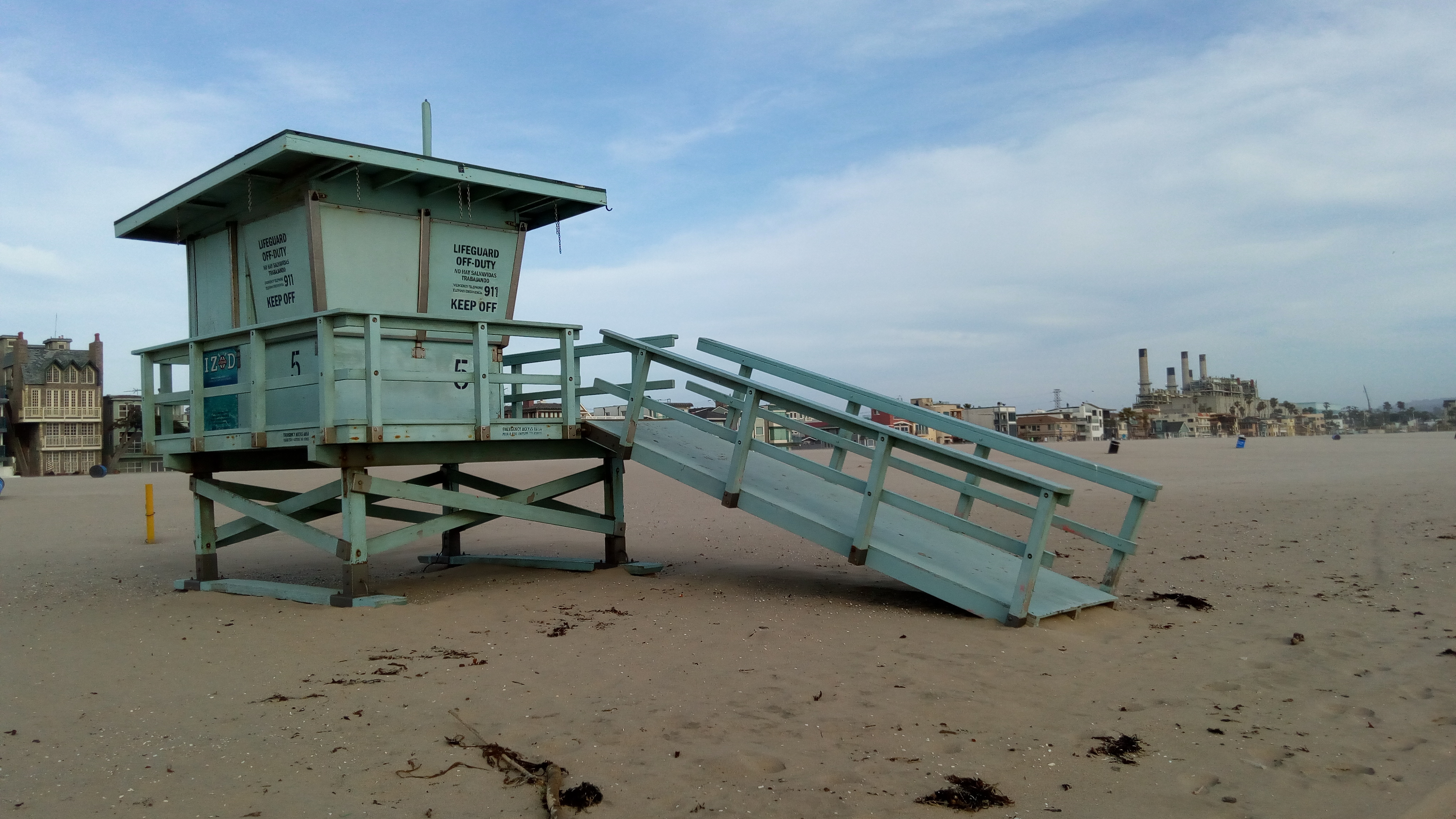
Main camera photos
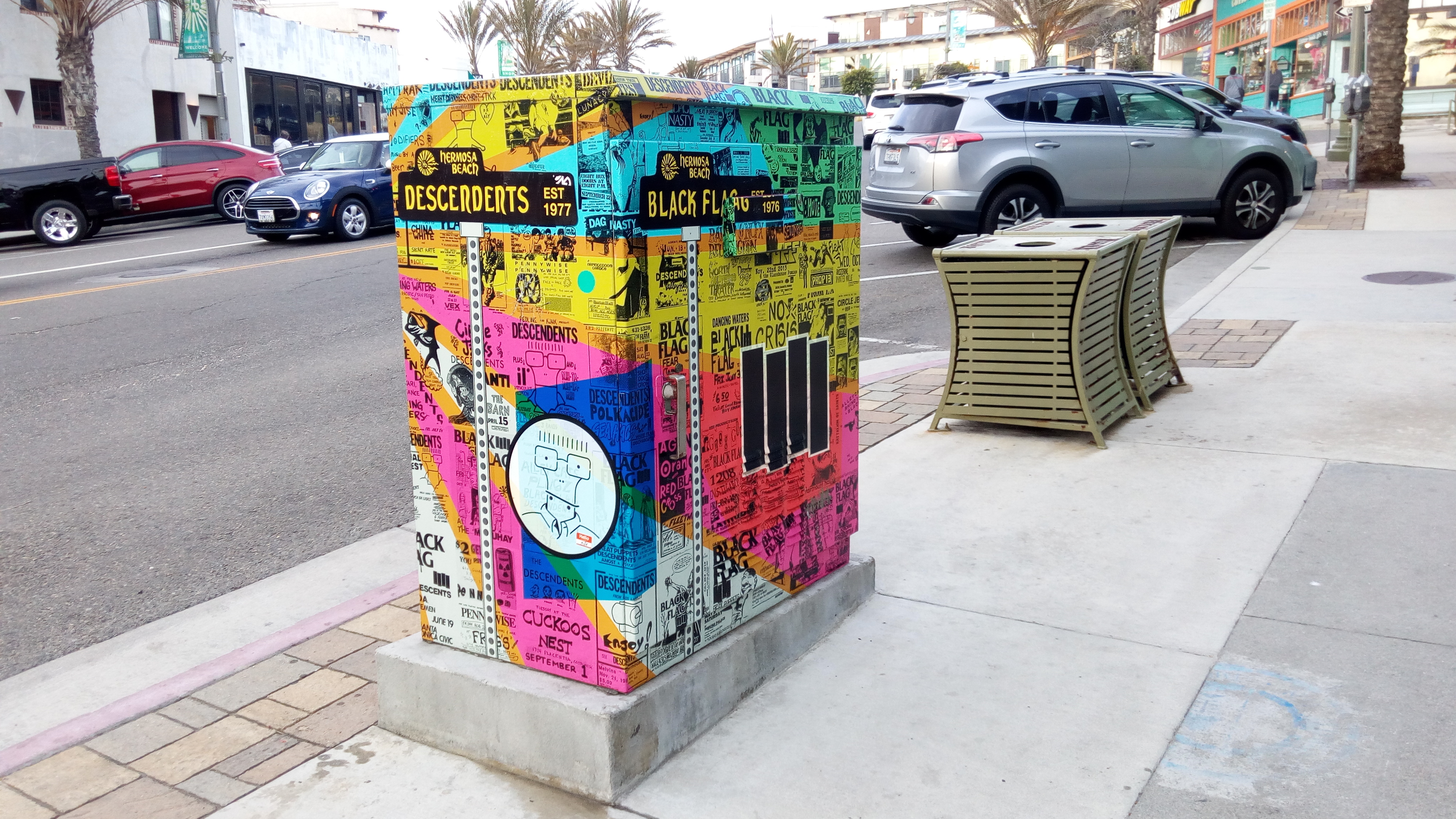

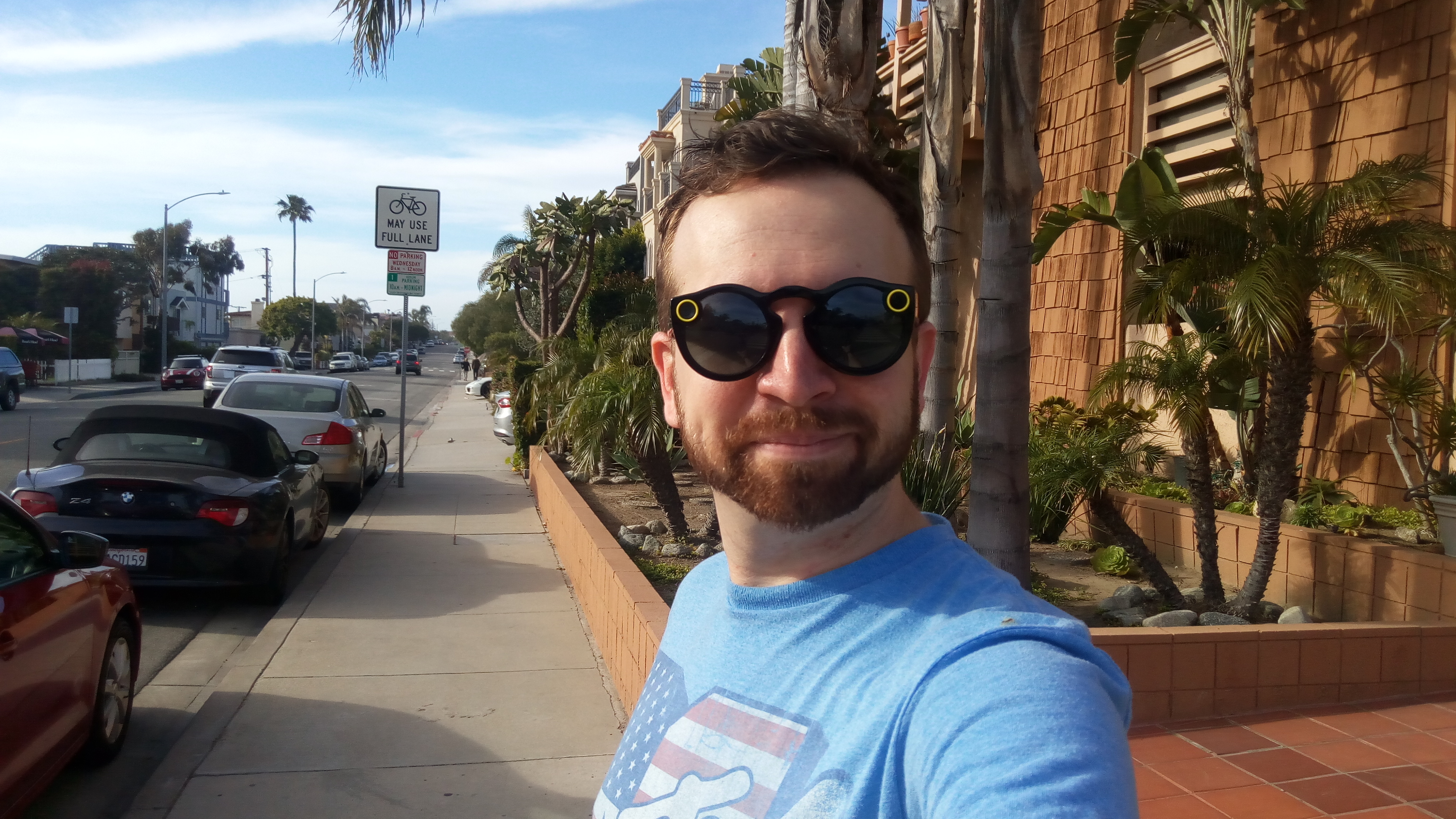





We were able to snap several outdoor photos that gave us nicely saturated colors. It’s not going to compare to the new Samsung Galaxy S8 or an iPhone 7, but it’s close enough outside.
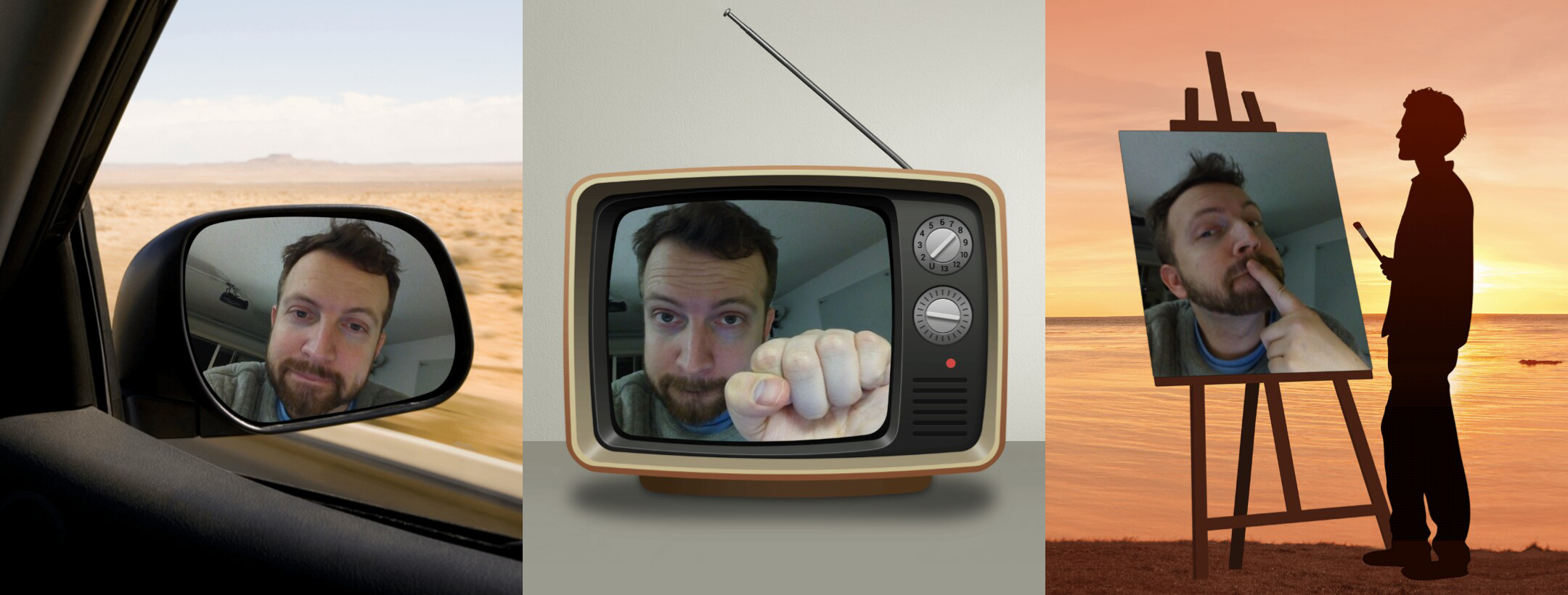
The selfies look okay, too. Again, it’s soft on detail and textures, but better once you disable the now-somehow-popular beauty mode filters. Scene frame works best in selfie mode.

Front-facing selfie camera (ample light)

Front-facing selfie camera (medium light)

Front-facing selfie camera (low light)
Where the Blu R1 Plus camera struggles is indoors in low-light situations. It also has trouble, at times, with autofocus. It results in either grainy or blurry photos whether or not you have a steady hand to make up for the lack of optical image stabilization (OIS).
Video can be shot at 720p (which makes sense given the screen playback is in 720p) and it’s also missing OIS. Videos look okay, albeit a little dark, and the app always wants to default back to 480p.
We liked the fact that you can fip between the two cameras with an easy swipe down on the screen, but we sorely miss having a timelapse mode. No sunset hyperlapse test this time.

- Monster-sized 4,000mAh battery can last almost two days
- Mostly drains from idle use, which an Android update could fix
- No Quick Charge: takes 2 hours and 25 minutes to fully recharge
The Blu R1 Plus battery life lasted us just shy of two days thanks to its monster battery capacity. It’s 4,000mAh size is larger than most of today’s flagship Android phones.
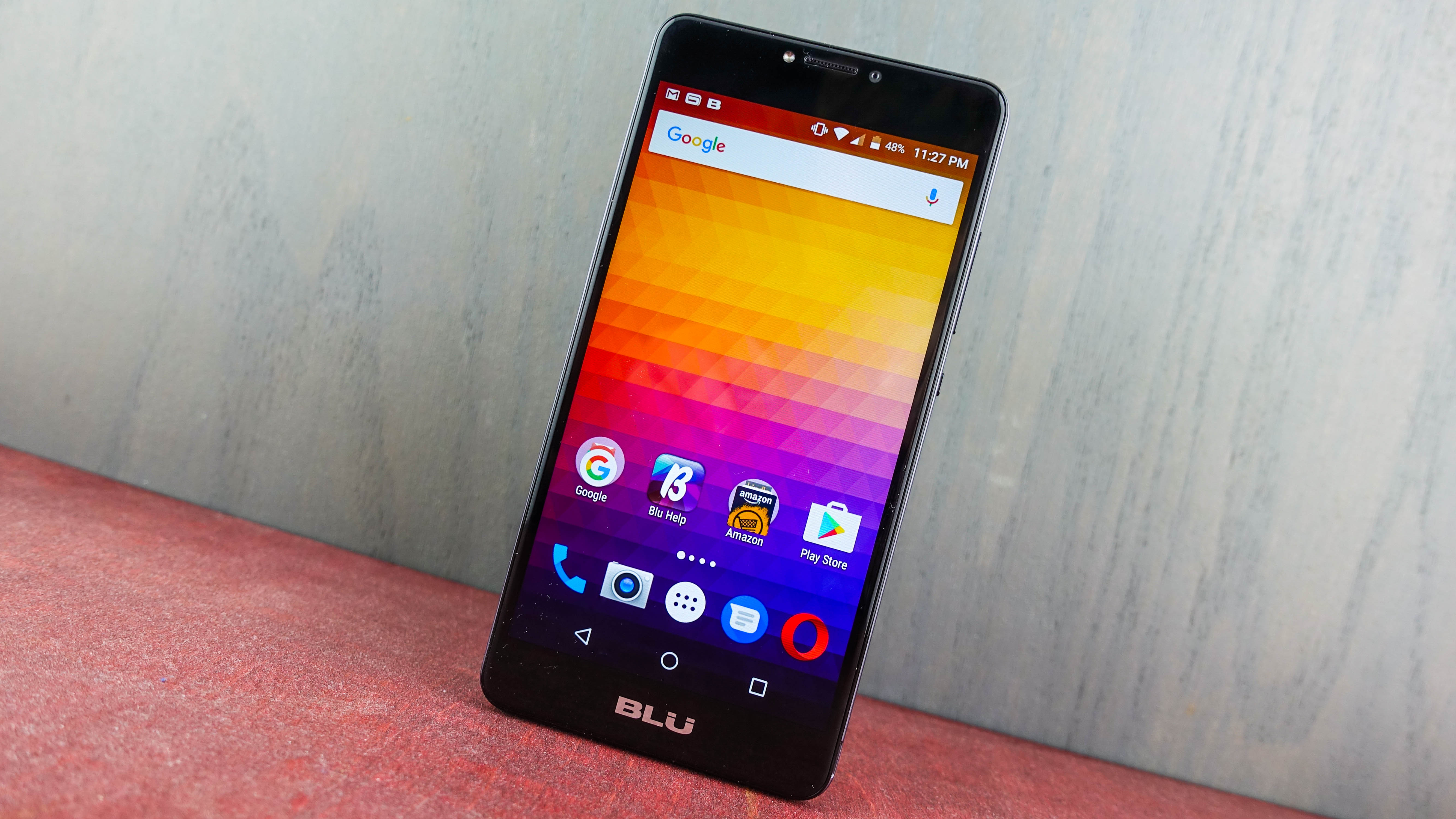
What’s more, in addition to that impressive 4,000mAh capacity, the phone’s 720p HD display pays off because it burns a lot less pixels. That’s why it was still alive at the day-and-a-half mark.
Our official battery life test showed that it burned through 14% of its battery running a looped 90 minute HD video, leaving us with 86% left. Its screen isn’t the big battery life concern.
The reason we’d like to see this phone transition from Android Marshmallow to Android Nougat is it may fix the phone’s biggest battery hog: phone idle time. Its underpowered chipset is inefficient.
Google’s latest update is supposed to help idle battery life drain. Overnight, it dropped 7% of a full battery over the course of eight hours. That could be significantly improved on a phone like this.
At this price you’re also not getting Quick Charge benefits and the reversible USB-C standard. The latter is a cost-savings if you have many spare micro USB cables lying around.
Blu R1 Plus gained 14% of its battery every 15 minutes for the first hour, but slowed the charge back to 100%. In total, it took 2 hours and 25 minutes to fully charge this phone. It’s a bit slow, but this is also a big, hulking battery.

You're on a budget
Someone who can’t afford the latest and greatest smartphone upgrade.
You're a traveler
Travelers who need a capable, GSM phone that’s unlocked and dual-SIM for travel outside of the US.
You need a temporary holdover phone
That clumsy person (totally not you) who needs a temporary holdover phone because they broke their expensive Apple or Samsung and has to run out the clock on y̶o̶u̶r̶ their contract before an upgrade.
You're a casual phone user
Anyone who doesn’t care about phones that much, but wants to graduate from a flip phone or any feature phone to something new without splurging. Alternatively a son or daughter may gift this to a flip phone-carrying parent.

You want the best phone
This phone isn’t going to win you over if your budget can stretch to a mid-range $400 phone. it'a a no frills phone, right down to the fact that there’s no fingerprint sensor.
You're a gamer
Blu's new phone can’t do intense 3D gaming or app multitasking, so gamers who demand performance won't find it from this budget phone.
Competition
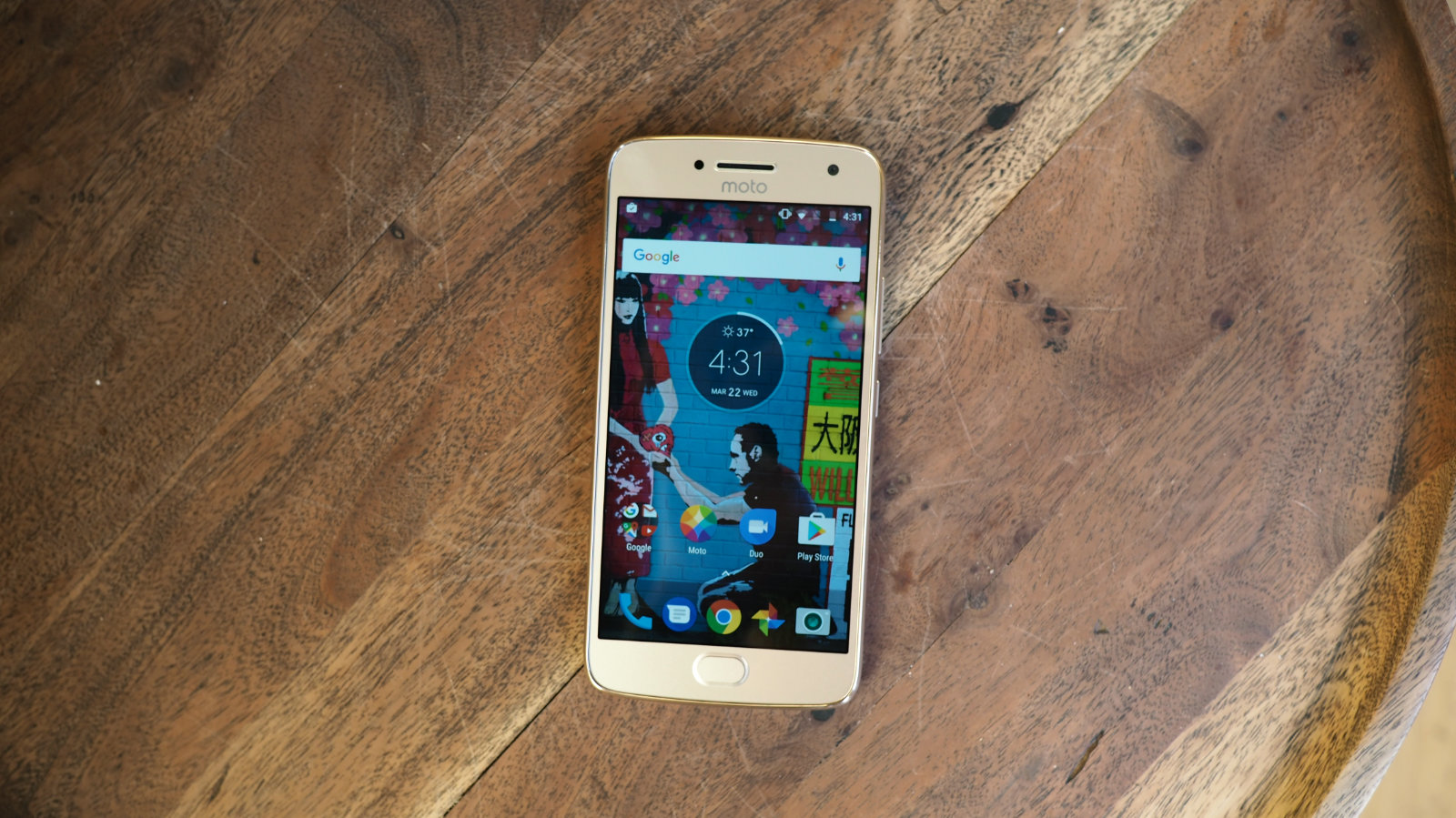
Moto G5 Plus
Moto G5 Plus is our current favorite Android phone of 2017, and that’s also thanks to its affordable $184 starting price exclusive to Amazon Prime members. How does it compare to the slightly cheaper Blu R1 Plus? The entry-level configuration has 32GB of storage (tie), 2GB of RAM (Blu wins), a 2.0 GHz Qualcomm Snapdragon 625 chip (Moto wins), a 5.2-inch Full HD screen (tie – smaller screen, but 1080p), and a 12MP dual pixel camera (Moto wins). The battery capacity is a smaller 3,000mAh, but it has fast charging (so another tie), and you’re paying more (Blu wins). Of course, the phone you really want is the Moto G5 Plus with 64GB of storage + 4GB RAM that’s $239. That’s way better, but considerably more costly.
Full review: Moto G5 Plus
- Also see: Best cheap phone in the US 2017
